
Welcome to the second installment of our Ask the P.T. column, in which we will get input and insight from Christy Diller, an Ohio-based physical therapist, mom of four, and track coach. Christy definitely knows her stuff, but a quick reminder: This information is not a substitute for a professional diagnosis or treatment.
Q: I think I might be getting shin splints! What do I do?
A: Soreness and/or tightness into the front of the lower legs (otherwise known as “the shins”) is generally described as shin splints. Most new runners have had some experience with this frustrating injury.
The laundry list of possible causes of shin splints:
-ramping up your mileage too fast
-adding too much intensity or too much intensity too fast
-failing to change up the surfaces you run on
-overstriding
-lack of ankle dorsiflexion range or mobility
-weakness of the foot, calf, or glute muscles
-landing too hard
-hip flexor tightness
-wearing black running bottoms (just kidding!)
Yikes, so many causes! How can I get back to pain-free running?
-Get new running shoes if you have several hundred miles on your current kicks.
–Stretch your calves consistently.
-Make sure you are doing some sort of dynamic warm-up.
-Shorten your stride or work on increasing your cadence (translation: take more steps per minute).
-Vary the surfaces you run on (this can mean bark chip trails encircling a park; pavement instead of concrete sidewalks; a rubberized high school track; etc.).
-Think about running “lighter” for short segments of the run (getting up on the toes, landing lightly and quietly).
-Avoid adding intensity and mileage at the same time.
-Try walking backward as a cool down after your run. This changes the action of the lower leg muscles and acts as a kind of neurological reset. It also helps to lengthen your calf muscles.
-Use kinesiology tape (we like Heali brand) to help support sore calves/shins. (Google how to tape for shin splints, there are lots of different options!)
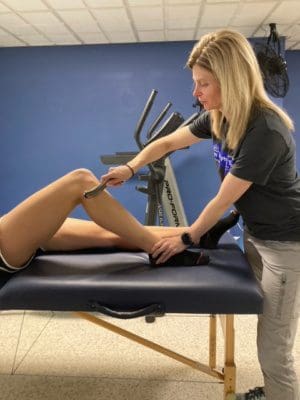
-Experiment with muscle scraping: Tools like the Sidekick or a Gua Sha Scraper help increase blood flow through the lower leg muscles (which can decrease tightness) and also stimulate your body to heal overstressed tissue.
If all else fails or you suspect multiple reasons for your shin pain, a good physical therapist can help manage your pain and also suss out the “why” behind the pain, getting you back to action sooner!


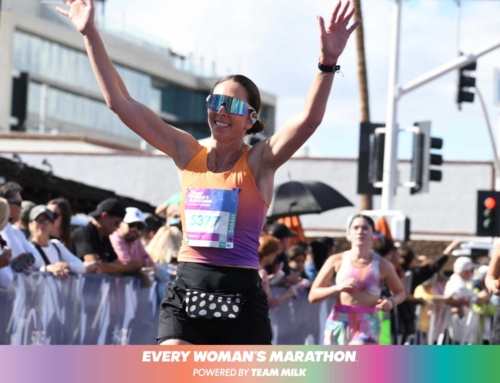
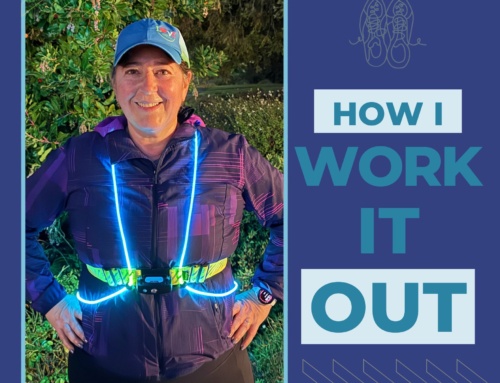
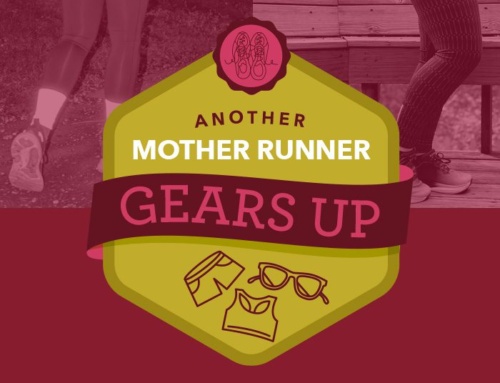
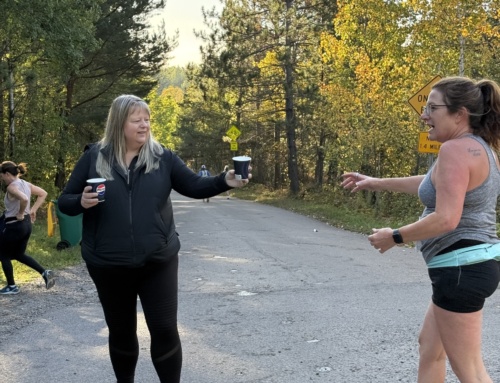
Leave A Comment
You must be logged in to post a comment.